2015 McLaren 650S Review
McLaren had quite a lead to follow when it launched the MP4-12C three years ago. The legendary McLaren F1 remains a benchmark to this day, and the SLR it built for Mercedes was no slouch, either.
FAST FACTS
| Engine: Twin-Turbo 3.8L V8 |
| Transmission: 7-speed Dual-Clutch |
| Horsepower: 641 hp at 7250 rpm |
| Torque: 500 lb-ft of torque at 6000 rpm |
| 0-60 mph: 2.9 seconds |
| Price: $265,500 for the Coupe and $280,225 for the Spider |
The MP4-12C lived up to expectations by most accounts, with two arguable exceptions: the name and the styling. McLaren set about rectifying the former when it dropped the MP4 from the name, but the 12C is abstract at best and a misnomer at worst. Its styling, meanwhile, was finalized before Frank Stephenson came on board and lacks the visual flair of rivals like the Ferrari 458 Italia and Lamborghini Gallardo/Huracan.
The new 650S goes a long way towards rectifying both those shortcomings. Its alphanumeric nameplate may not be as evocative as other supercar handles, but with the 650 representing its metric output and an S for Sport, makes a lot more sense. Its exterior styling, meanwhile, is not just an improvement – it actually stands to inspire kids to pin pictures to their bedroom wall. Penned by the same talent behind the Ferrari F430 and Maserati MC12, it adopts the nose of the P1 and the tail of the 12C GT3 to dramatic effect.
McLaren has also upped the power and refined the aerodynamics, but since its launch less than a month ago, we suspected there was more to the 650S than just a list of upgrades. We headed to southern Spain to find out first hand.
More Power, More Speed
The 650S is built around the same carbon MonoCell as the 12C and P1, powered by the same 3.8-liter twin-turbo V8 and mated to the same seven-speed DCT. But in the 650S, the engine produces 641 horsepower and 500 lb-ft of torque, which makes it 49 hp more potent than the initial MP4-12C, 25 hp more than the current 12C and just 86 hp less than the version in the P1 (sans hybrid boost). That’s enough to send the 650S coupe to 60 in 2.9 seconds, to 124 in 8.4 and across the quarter-mile in just 10.5, en route to a top speed of 207 mph.
Those figures are for the coupe, but while a good year separated the launch of the 12C coupe and Spider, the 650S is being offered right from the start in either form. In return for the joy of open-air motoring – and thanks to the inherent rigidity of the carbon-fiber chassis – the Spider extracts only a slight performance penalty. Eighty-eight pounds heavier than the coupe, the Spider takes the same 2.9 seconds to hit 60, two tenths more to hit 124 mph, one tenth more to cover the quarter-mile and tops out just three miles slower at 204 mph.
Not Quite A Bargain
In either form, those are figures you’d expect of a hypercar costing twice as much, if not more. But while the 650S is hardly what we’d call “affordable”, it’s a relative bargain. US pricing starts at $265,500 for the coupe and $280,225 for the Spider, which makes the 650S not only lighter and more powerful than the Ferrari 458 Speciale, but also less expensive.
McLaren expects that, as with the 12C, a solid 80% of buyers in North America will go for the Spider. And little wonder, because what the convertible sacrifices in stats and price, it more than makes up for in experience. It gets a power rear window to reduce buffeting with the roof down, but can also be retracted with the roof up to let the engine note into an otherwise quiet cabin. Although McLaren’s V8 lacks the guttural roar of other Brits like the Aston Martin V8 Vantage or Jaguar F-Type R, the sound of the turbos spooling up adds extra aural drama.
Simple, But Not Always Straightforward Interior
The cabin is otherwise a remarkably civilized place in which to rapidly pass the miles and enjoy the Meridian sound system. It’s also decidedly low on clutter, removing all switches, dials and buttons from the steering wheel to allow the driver to focus on the task at hand. That can leave some of the auxiliary controls difficult to locate, however, and the Google-based nav system also had some trouble keeping up with changes in direction (although construction may have contributed to that).
McLaren offers a choice of seats: fully-adjustable buckets or fixed-back racing shells that shed 33 pounds off the curb weight and hold you tighter. We sampled both but preferred the latter. The interior of our tester was also swathed in grippy Alcantara (which can be replaced at no cost with leather) and the optional carbon-fiber trim packages both inside and out. However the best part of the cabin – if not the driving experience as a whole – is its outward visibility that connects driver, car and road in a way few mid-engined supercars do.
As Comfortable As It Is Fast
Our route took us down the highway from our hotel in Malaga, along the legendary Ronda road and up to the Ascari Race Resort, giving us plenty of opportunity to drive the McLaren on a variety of road surfaces. And we’re glad to report that the 650S handled them all with aplomb. Which you might assume would be the case with a car that costs this much, but performance-focused machines often sacrifice ride quality at the alter of flat handling. McLaren, however, seems to have found a magic solution.
Where others install a stiff sway bar connecting the front suspension towers – preventing the inside front wheel from lifting under hard cornering but hindering ride compliance under normal driving – McLaren fit a magnetorehological damper horizontally between the front wheels. Tackle a corner hard and an electric current magnetically tightens the damper to link the front wheels. Drive casually and the damper loosens to allow independent suspension travel.
An evolution of the system launched on the 12C, the suspension all but completely eliminates body roll, soaks up imperfections in the road, and on exiting a corner, lets you get back on the throttle that much sooner. Long straights on the racetrack shrink beneath your right foot, and small gaps in traffic are more than enough to pass a truck or bus on either twisty road or open highway – particularly when the standard carbon-ceramic brakes team up with the large contact patches on the Pirelli P Zero Corsa tires to shed off speed even more quickly than it’s built up. After a morning lapping around Ascari and an afternoon driving scenic (if frighteningly narrow) mountain roads, it became clear that the 650S complements a novice driver as much as it does awaken at the hands of a pro.
The Verdict
More than the challenges of ingress and egress from a low-slung exotic with upwards-swinging doors, at the end of the day it was our will that impeded us from climbing out the driver’s seat. Which may be the ultimate metric, because when push comes to 641-horsepower shove, a supercar is as much about how it makes you feel as how fast it gets around the track. Fortunately the McLaren 650S scores top marks in both regards.
LOVE IT
- Punchy twin-turbo V8
- Brilliant chassis
- Styling worthy of a supercar
LEAVE IT
- Exhaust note still lacking
- Unintuitive auxiliary controls
- We can't afford one
More by Noah Joseph
















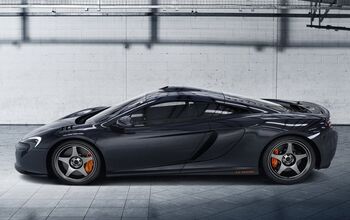

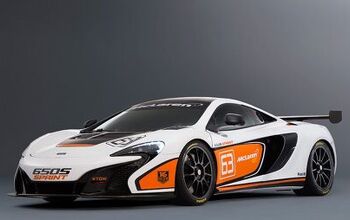
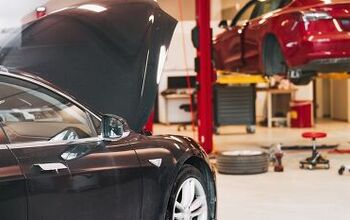
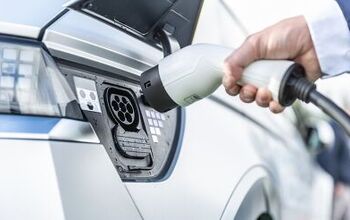

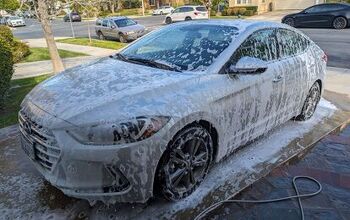

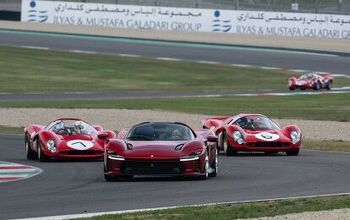

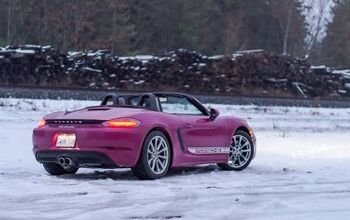
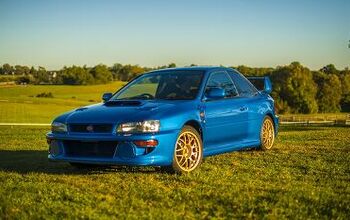

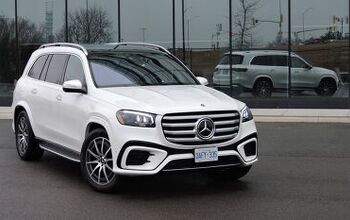
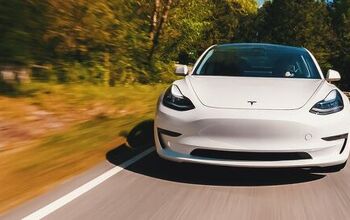
Comments
Join the conversation